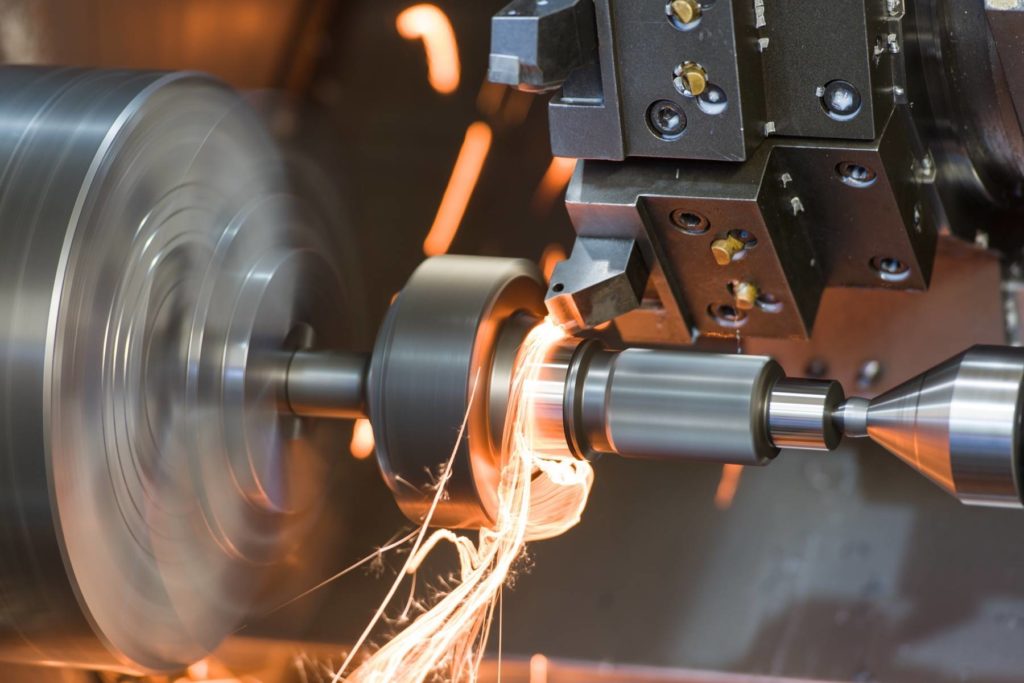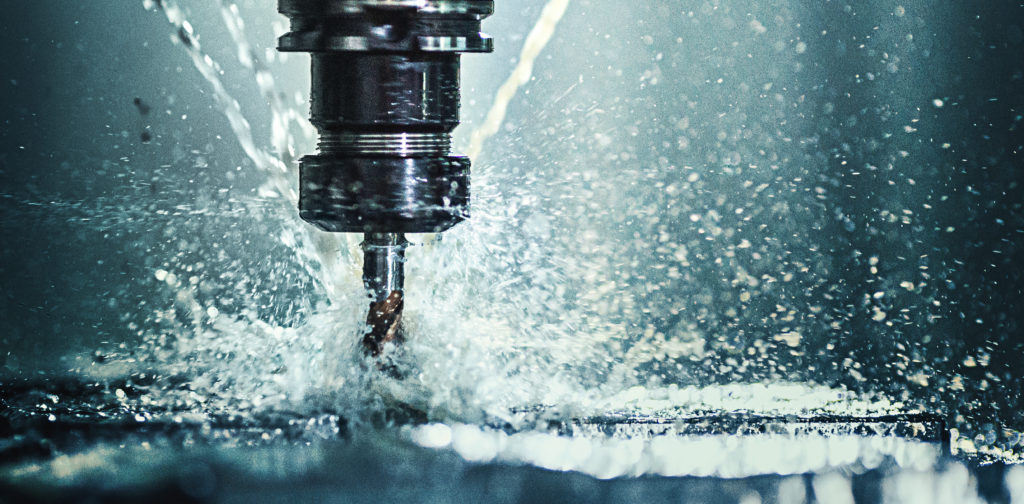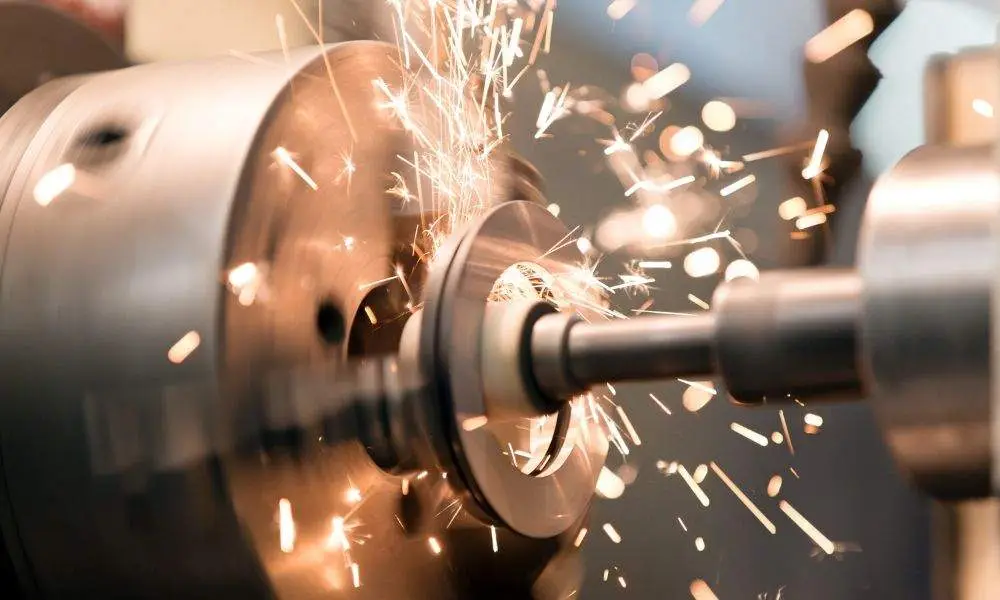The Duty of Fasteners and Machining in High-Quality Product Design
The Duty of Fasteners and Machining in High-Quality Product Design
Blog Article
Revealing the Details of Fasteners and Machining Processes for Ideal Efficiency
In the realm of design and manufacturing, the selection of fasteners and the details of machining procedures play a pivotal duty in establishing the ultimate efficiency and toughness of an item. From the seemingly simple task of selecting the right type of fastener to the complex precision machining techniques used, every action in this procedure demands thorough interest to detail. As we embark on this exploration into the world of bolts and machining, we will discover the refined yet essential variables that can considerably impact the efficiency and high quality of the end product, clarifying the frequently neglected facets that can make all the difference in achieving optimal efficiency.

Significance of Correct Bolt Option
Selecting the appropriate bolts is essential in making sure the structural integrity and longevity of any kind of mechanical assembly. Fasteners play an essential function in holding components together securely, with the appropriate choice contributing dramatically to the general efficiency and reliability of the setting up. When choosing fasteners, aspects such as product compatibility, ecological problems, load-bearing ability, and simplicity of installation must be meticulously considered to ensure optimal efficiency.
Incorrect bolt option can result in a variety of issues, consisting of loosening, corrosion, and also architectural failure. Making use of fasteners that are not matched to the details needs of the assembly can endanger its capability and present safety risks. Engineers and designers need to carefully examine the application requires and choose fasteners that satisfy or surpass the necessary standards and requirements.
Moreover, the proper fastener selection procedure entails analyzing the joint layout, expected tons, vibration levels, and possible thermal development or tightening to make sure that the selected fasteners can hold up against the operating conditions successfully. By focusing on proper fastener choice, manufacturers can boost the top quality, sturdiness, and performance of their mechanical assemblies.
Types and Qualities of Fasteners
A crucial element of mechanical assemblies exists in comprehending the varied types and distinct attributes of bolts utilized in numerous commercial applications. Bolts are essential elements that hold structures with each other, guaranteeing security and functionality. There is a vast array of bolts available, each created for specific purposes based on the application requirements. Typical sorts of fasteners include screws, bolts, nuts, washing machines, rivets, and pins.
Screws are threaded fasteners that are generally utilized to join two or more parts together. Nuts are internally threaded bolts that mate with screws to hold parts with each other. Washers are thin plates that disperse the tons of a bolt, stopping damages to the product being attached.
Recognizing the qualities of each type of bolt is necessary for choosing the ideal one for a certain application, ensuring optimal efficiency and reliability of the mechanical setting up. Fasteners and Machining.
Precision Machining Techniques for Performance
The elaborate layout needs of various bolts demand utilizing precision machining techniques for optimum efficiency in making processes. One of the main techniques used in accuracy machining is Computer Numerical Control (CNC) machining, which makes it possible for high levels of accuracy and repeatability in the manufacturing of fasteners.
By making use try here of precision machining methods, makers can enhance the high quality of fasteners, decrease product waste, and enhance total production efficiency. The use of advanced machining processes assists guarantee that bolts satisfy sector criteria and customer expectations for performance and reliability.

Elements Influencing Machining Process Efficiency
Numerous variables play a significant duty in figuring out the efficiency of machining procedures in the manufacturing of bolts. The very first essential element is the selection of cutting tools. Choosing the suitable tools based on the material being machined, wanted surface, and reducing speeds can greatly influence the effectiveness and quality of the machining process. In addition, the reducing specifications such as reducing speed, feed price, and deepness of cut are necessary variables that influence efficiency. Fasteners and Machining. Optimizing these specifications based upon the particular demands of the fastener being generated is crucial to achieving economical and specific machining.
Equipment rigidness and stability additionally play a critical duty in determining machining process performance. A stable machine with very little resonances can improve accuracy and prevent tool wear, leading to much better total efficiency. Additionally, the ability and experience of the device operator can not be taken too lightly. A well-informed driver can make real-time adjustments, troubleshoot problems successfully, and ensure that the machining procedure runs efficiently, ultimately affecting the final top quality of the fastener.

Quality Control Steps in Production
Factors affecting machining procedure performance, such as reducing device choice and equipment security, directly impact the execution of quality control actions in manufacturing. Quality control actions are important in making sure that items fulfill the needed requirements and specifications. In the production process, different strategies are employed to preserve quality standards. Inspection and testing play an important role in identifying any kind of discrepancies from the desired result. Regular upkeep of machining devices is also essential to promote quality assurance. Calibration of devices and makers is essential to make sure precise and precise manufacturing processes. In addition, implementing standard operating treatments and protocols can aid in preserving consistency and high quality throughout the assembly line. Quality control gauges not just focus on completion product but additionally on every stage of the production procedure to avoid errors and defects. By sticking to rigid quality assurance procedures, suppliers can boost customer contentment, build an online reputation for reliability, and you could check here ultimately accomplish optimal efficiency in their machining procedures.
Verdict
To conclude, picking the appropriate bolts and utilizing accuracy machining methods are vital for optimal performance in producing processes. Comprehending the types and features of bolts, together with elements affecting machining procedure performance, can cause enhanced performance and quality control steps. By paying attention to these ins and outs, makers can attain higher degrees of efficiency and these details reliability in their items.
In the realm of engineering and production, the option of fasteners and the details of machining procedures play a pivotal function in establishing the ultimate efficiency and longevity of an item (Fasteners and Machining). One of the key strategies used in precision machining is Computer Numerical Control (CNC) machining, which enables high degrees of accuracy and repeatability in the manufacturing of bolts. The use of innovative machining procedures aids make certain that bolts satisfy industry criteria and client assumptions for performance and reliability
In conclusion, selecting the ideal fasteners and making use of accuracy machining strategies are important for optimal efficiency in making processes. Recognizing the types and features of bolts, along with elements affecting machining process performance, can lead to boosted efficiency and top quality control procedures.
Report this page